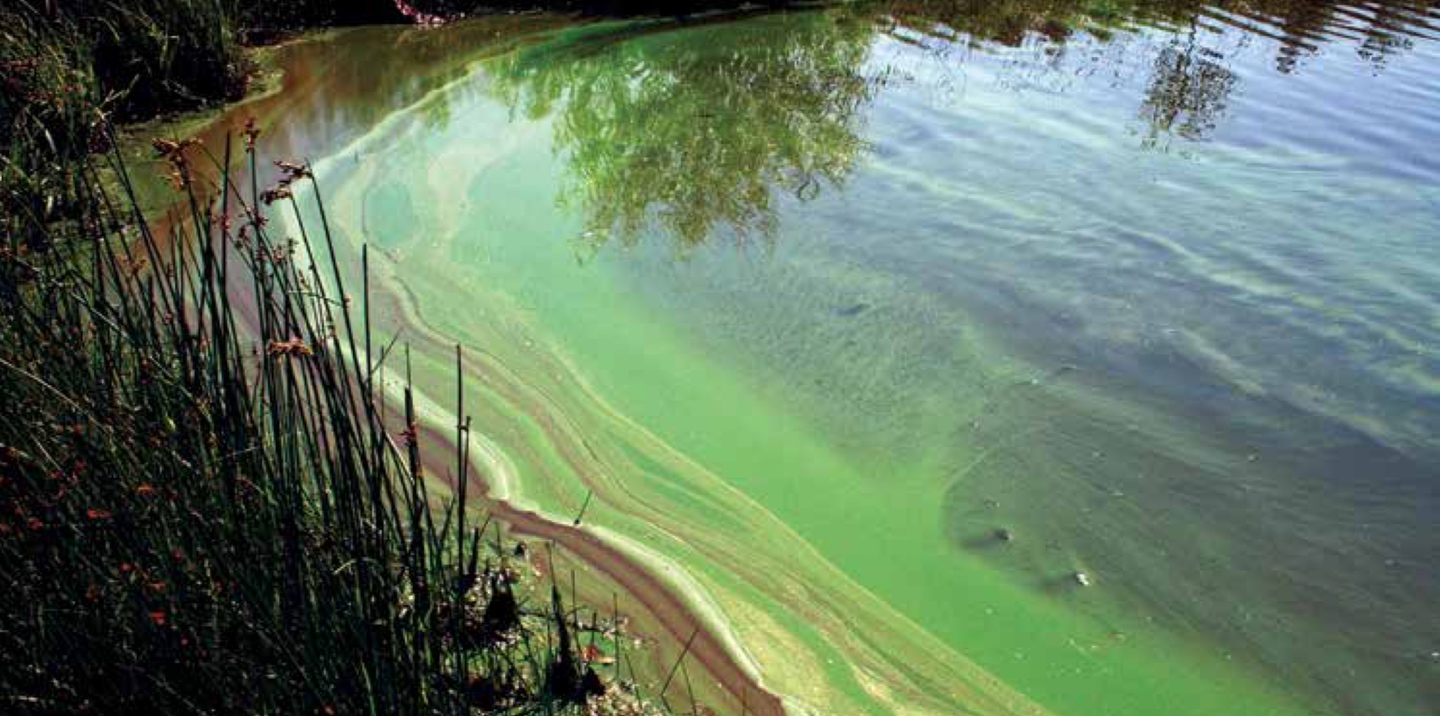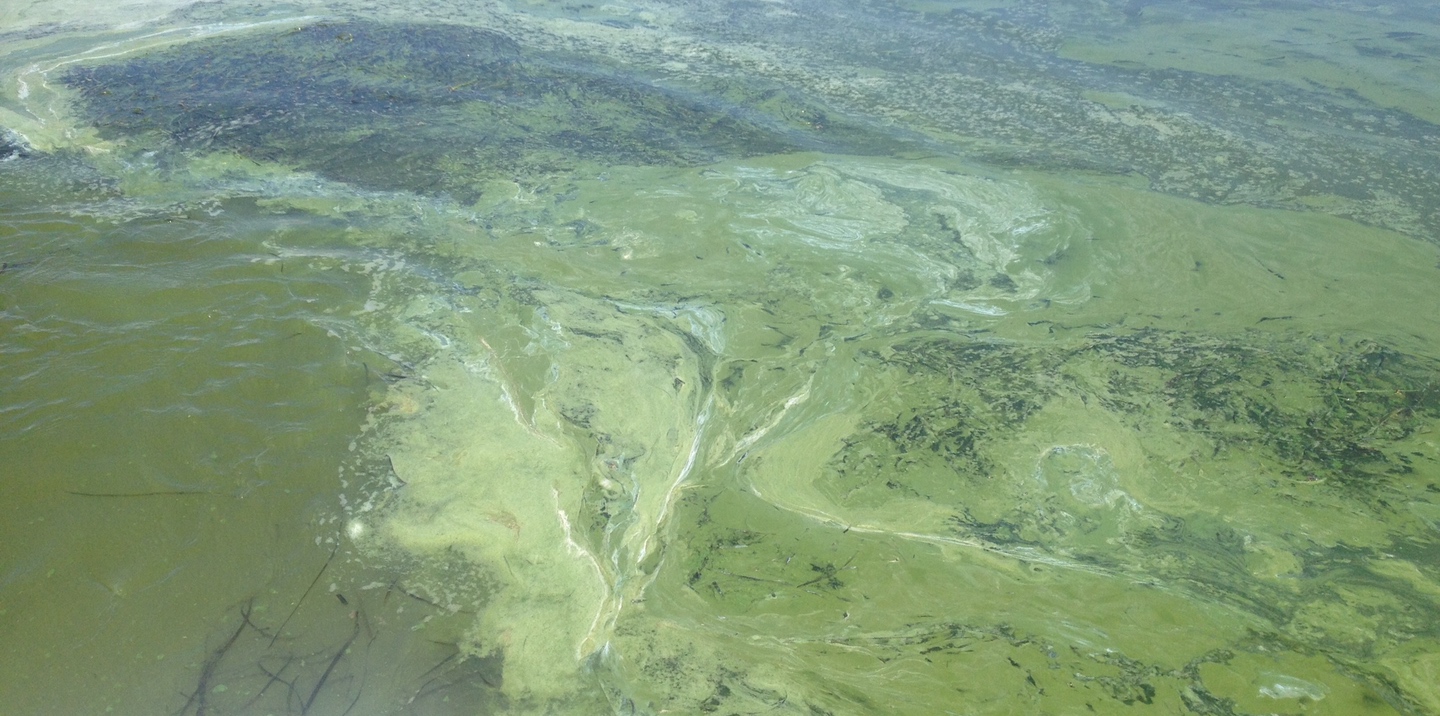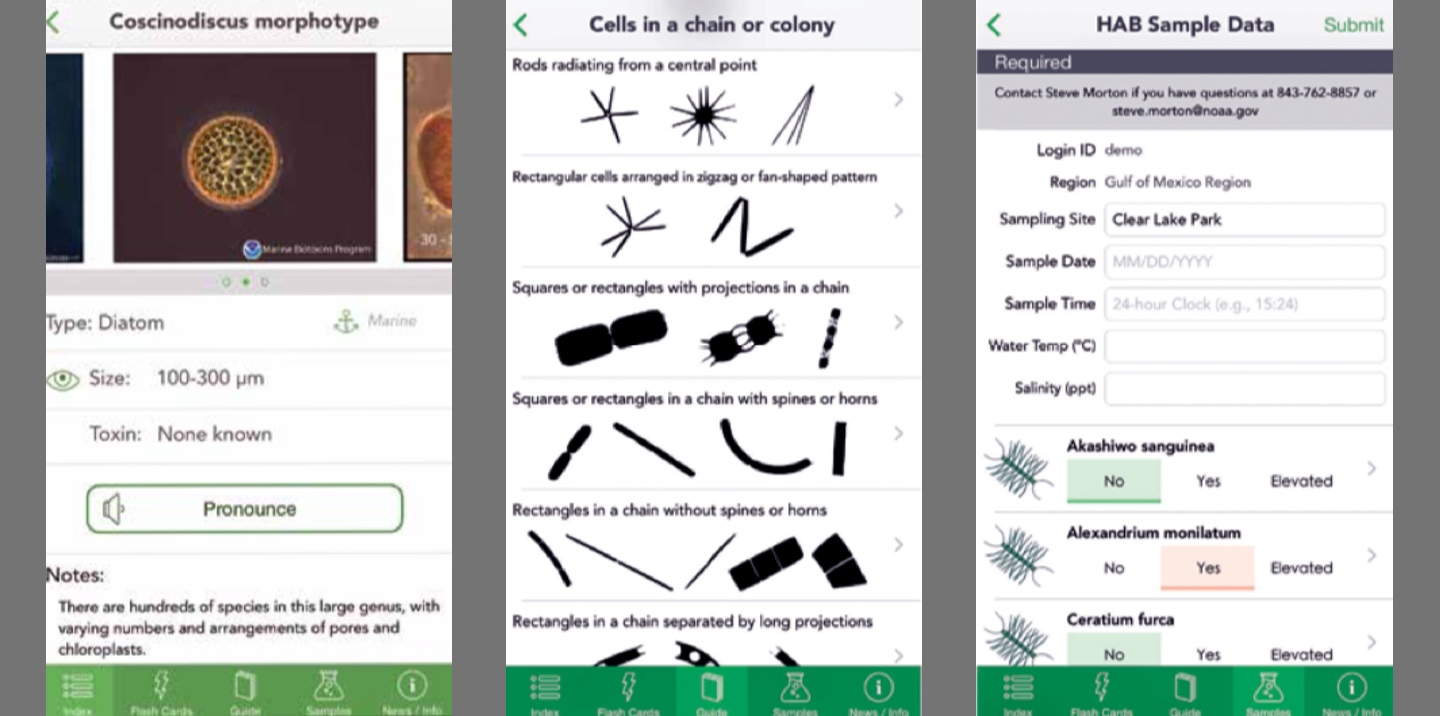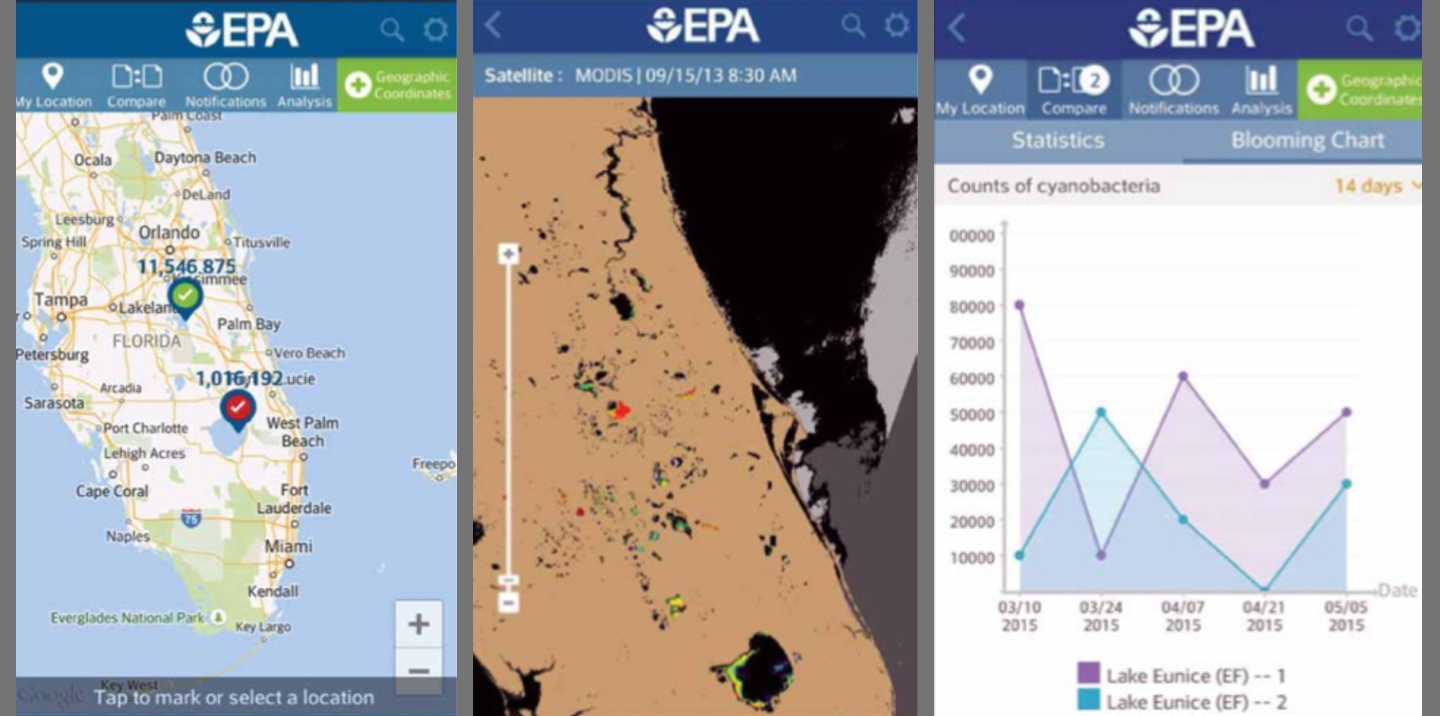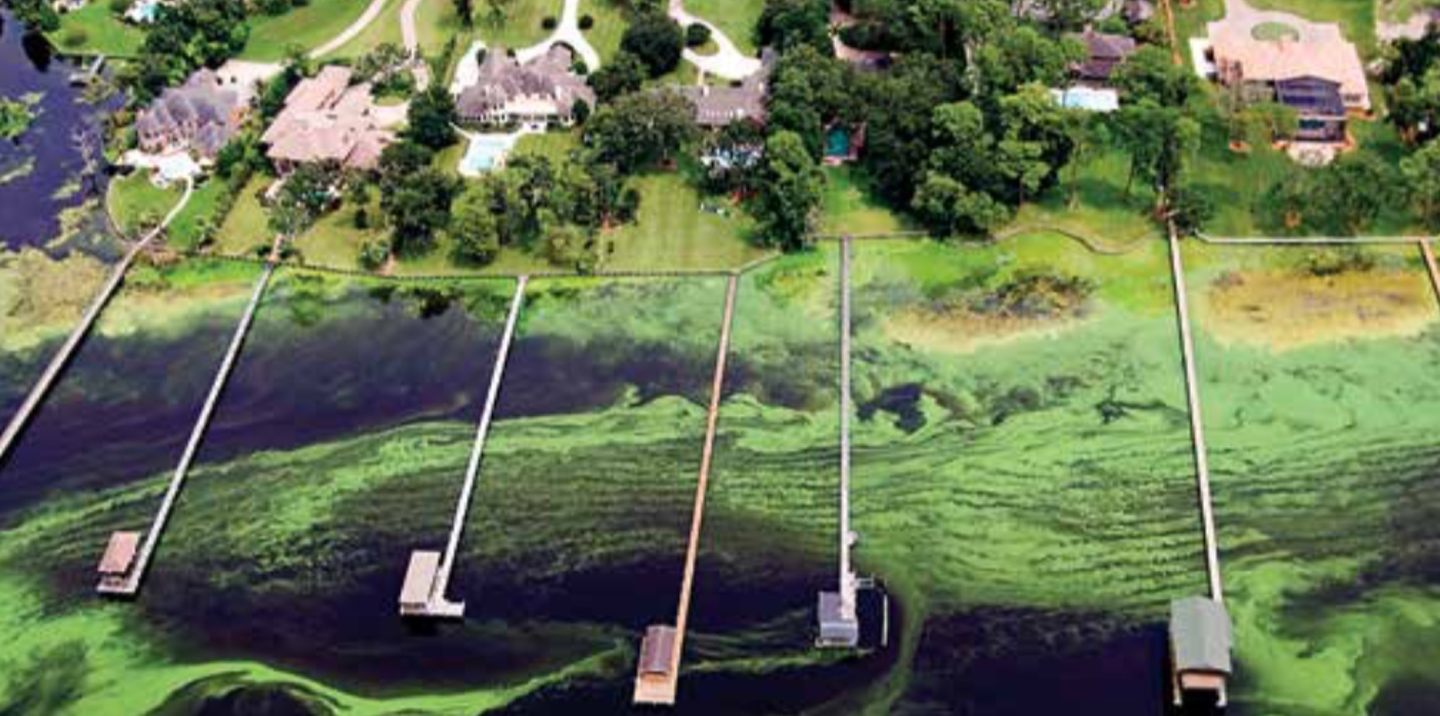Nominations for 2016 Election
Nominations for 2016 Election are being accepted at this time!
NALMS is seeking candidates that will add diversity and breadth to the Board and its committees.
You could become a nominee for a position on the NALMS Board of Directors, to take a more active role in steering the direction of activities that relate to these precious resources. Experience or training in lake management is not required for a board position, and we encourage candidates with expertise in nonprofit management, leadership development, marketing, fundraising, legal issues and membership growth ...
RELEASED: Step-By-Step Guide for Data Submission
Data-Submission FAQ
A step-by-step guide for data submission has been posted! The guide can be found on the Participate page and screen shots are included to make the data-submission process (via the Secchi Dip-In Website) as painless as possible.
You may also submit data while in the field, via the Global Lake Ecological Observatory Network’s (GLEON) Lake Observer App. Lake Observer provides video guides for using the Lake Observer App. Please, submit via the app or the Secchi Dip-In website, not both!
Questions and comments ...
NALMS 36th International Symposium
Hosted by Alberta Lake Management Society and Living Lakes Canada
Registration Opening Soon!
Click here or below to download our flyer. Feel free to distribute widely among your contacts.
The 2016 Show Your Lakes Appreciation Challenge
In the month of July NALMS issues the "Show Your Lakes Appreciation Challenge"
The goal of the challenge is to promote and encourage support for Lakes Appreciation Month.
Here's how you can join in:
Take a picture of yourself or someone you know enjoying or working on a lake or reservoir during July.
Log on to Facebook or Twitter and upload your picture.
Add an informative, funny, or witty caption along with the name of lake.
Be sure to type #LakesAppreciation in your post so we can find your entry.
Why should you join in?
You can win PRIZES
...
2016 Call for Abstracts
WE ARE NO LONGER ACCEPTING ABSTRACTS FOR THIS CONFERENCE
Science to Stewardship: Balancing Economic Growth and Lake Sustainability
There may be no locale more appropriate to host a discussion on the impact of development on natural spaces than Banff National Park, Alberta. Established in 1885, Banff is Canada’s first national park. Hosting millions of visitors annually, Banff exemplifies the need for a sustainable balance between economic development and conservation. Alberta has undergone significant landscape change during the last hundred years. Intact ecosyst...

